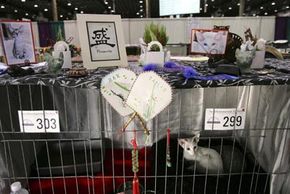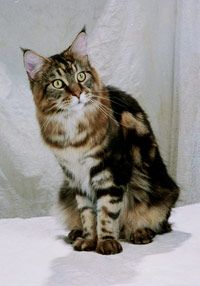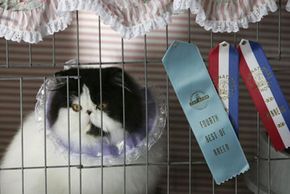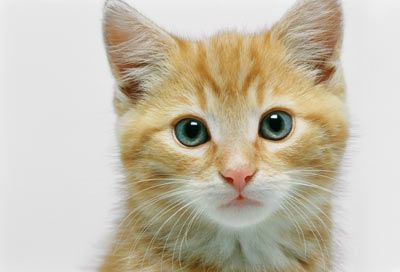Do you think dogs get all the glory? Do you admire cats for their superior class and dignity? Have you never forgiven Disney for vilifying Siamese cats in "Lady & the Tramp?" If you think cats have just as much or more of the "right stuff" to strut than dogs, you're not alone. Though they aren't quite as popular and well-known as dog shows, cat shows have a significant and devoted following.
Organizations like the Cat Fanciers' Association (CFA) in the U.S., the Governing Council of the Cat Fancy (GCCF) in U.K. and the International Cat Association (TICA) put on hundreds of different kinds of cat shows each year. Modern cat shows started in London in 1871. In the U.S., the CFA came about by 1906 and has been organizing cat shows ever since. The CFA-Iams Cat Championship, held each year in Madison Square Garden, is the cat version of the Westminster dog show with 325 cats competing. The CFA International Cat Show holds competitions among 850 cats in a different city every year, and more than a thousand compete in GCCF's annual Supreme Cat Show.
Advertisement
Although the structure and rules are similar in some respects, cat and dog shows can be as different as the personalities of cats and dogs themselves. If you ever go to a cat show, you'll probably notice the quirky atmosphere, complete with elaborately decorated and customized cat cages. Cat shows are also usually pretty hectic and noisy events with people screaming out judging numbers and the occasional spooked-cat escape.
So, even if you don't plan to enter your cat into the competition, attending a cat show is a unique and fun experience where you can see beautiful specimens of different breeds and learn more about cats in general. On the next few pages, we'll delve into the world of cat shows. What do cat judges look for and what should you know before entering your cat into competition?
Advertisement



